📦 In-Short:
- A new conflict between Iran and Israel in 2025 has escalated regional instability.
- The crisis threatens to disrupt oil supplies, increase military escalation, and affect global geopolitics.
- Middle Eastern alliances are shifting, complicating peace and diplomacy.
- The conflict has sparked fears of a wider regional war.
- Global powers are now reassessing foreign policy, energy security, and defense strategies.
🌍A Flashpoint Reignited in 2025
The Iran–Israel conflict of 2025 has triggered a fresh geopolitical crisis in the already volatile Middle East. What began as a series of tit-for-tat strikes has now expanded into a full-scale confrontation, drawing in regional actors, alarming global powers, and destabilizing the fragile balance of peace.
This blog explores what led to this conflict, its global implications, and the uncertain path ahead.
🧨 What Sparked the 2025 Iran–Israel Conflict?
The roots of the current conflict stretch back decades, but several recent developments reignited tensions:
- Military provocation: Covert operations and drone strikes attributed to both countries escalated tensions.
- Nuclear fears: Iran’s expanding nuclear program and Israel’s strong opposition to it raised alarm bells.
- Proxy warfare: Both countries have been supporting opposing forces in Syria, Lebanon, and Gaza.
In early 2025, an alleged airstrike on an Iranian military site—blamed on Israel—provoked a direct retaliation. Within days, missiles, cyberattacks, and air defense systems were fully engaged on both sides.
🔄 How the Region Is Reacting
Iran’s Strategy
Iran is leveraging both direct military responses and its network of proxies (like Hezbollah and Houthis) to broaden the conflict and apply pressure on Israel and its allies.
Israel’s Response
Israel, backed by advanced defense systems like Iron Dome and international intelligence cooperation, is conducting precision strikes while calling for international support.
🗺️ Regional Fallout
- Lebanon, Syria, and Iraq have seen cross-border spillover.
- Saudi Arabia, UAE, and Egypt have urged de-escalation but remain militarily alert.
- Turkey and Qatar are playing diplomatic roles while monitoring defense interests.
🌐 Global Implications: A Crisis Beyond Borders
🛢️ Oil Markets & Energy Security
As tensions rise, global oil prices have spiked, especially with the Strait of Hormuz—a major oil transit route—under threat. Energy-dependent economies are already feeling the heat.
💼 Economic Shockwaves
Stock markets, particularly in the US and Europe, have reacted with increased volatility. Investors fear a long-term economic slowdown if the conflict expands.
🌍 Superpower Diplomacy
- The United States, historically aligned with Israel, is walking a fine line between support and de-escalation.
- Russia and China, maintaining ties with Iran, are using the conflict to expand their influence in the region.
This crisis is becoming a test of international diplomacy and the stability of global alliances.
🔮 What’s at Stake: The Future of the Middle East
The 2025 conflict could lead to several scenarios:
1. Prolonged Proxy War
The most likely outcome is a prolonged, low-intensity war involving proxies across Lebanon, Syria, and the Gulf.
2. Wider Regional War
A full-blown war involving multiple countries could destabilize the entire region and even draw in global superpowers.
3. Diplomatic Breakthrough (Less Likely)
Intense global pressure may lead to a ceasefire or limited nuclear negotiations, but only if both sides suffer enough to seek peace.
🛡️ Humanitarian and Civilian Impact
The conflict has already displaced tens of thousands of civilians, damaged infrastructure, and worsened the refugee crisis in neighboring states.
- International aid organizations are struggling to deliver assistance.
- Human rights groups warn of violations and civilian casualties.
Without immediate efforts toward ceasefire, the human toll will be catastrophic.
📈 Lessons and Challenges Ahead
- Geopolitical power is shifting: Regional and global alliances are being redrawn.
- Energy policy must evolve: Nations must diversify energy sources to reduce dependency on conflict-prone regions.
- Conflict resolution mechanisms are outdated and need urgent reform.
- Cybersecurity and drone warfare are now central to modern conflict—demanding new military strategies.
🔚 Conclusion: A Turning Point or a Prelude?
The Iran–Israel conflict of 2025 is more than a military clash—it’s a warning signal. It challenges existing global systems and raises uncomfortable questions about war, diplomacy, energy, and the fragility of peace.
Whether this moment leads to a regional breakdown or an overdue diplomatic breakthrough depends on what global leaders do next.
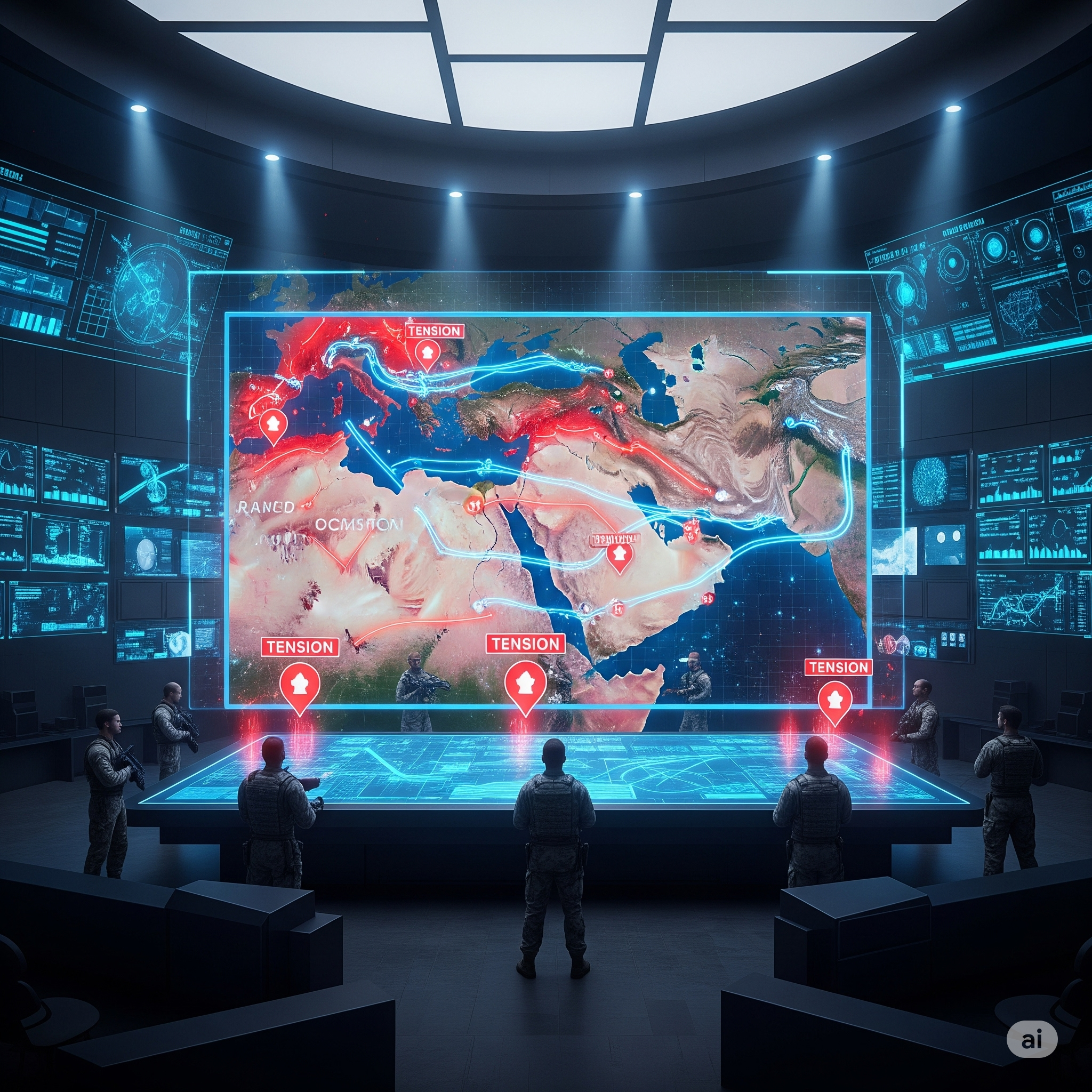
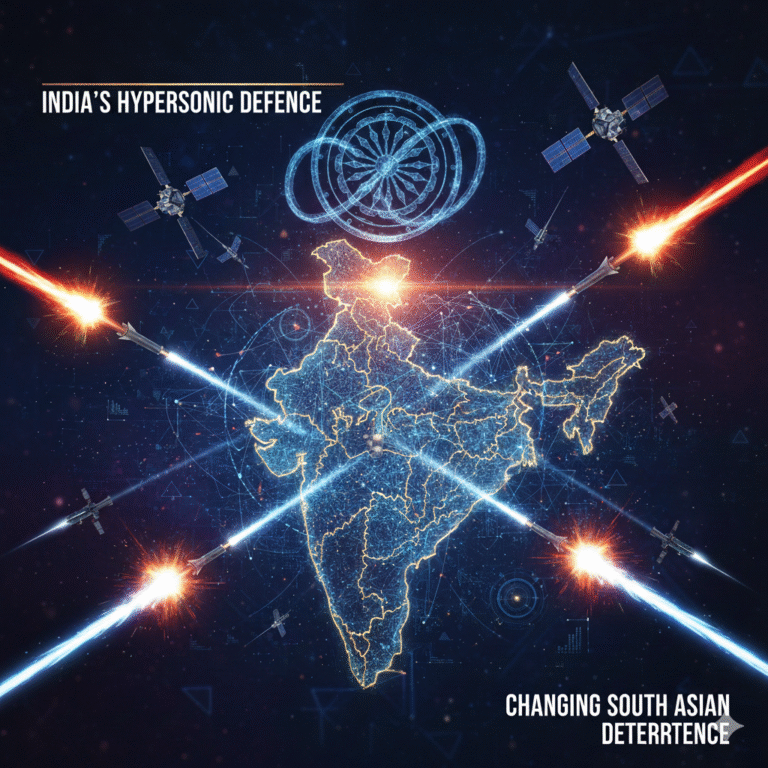
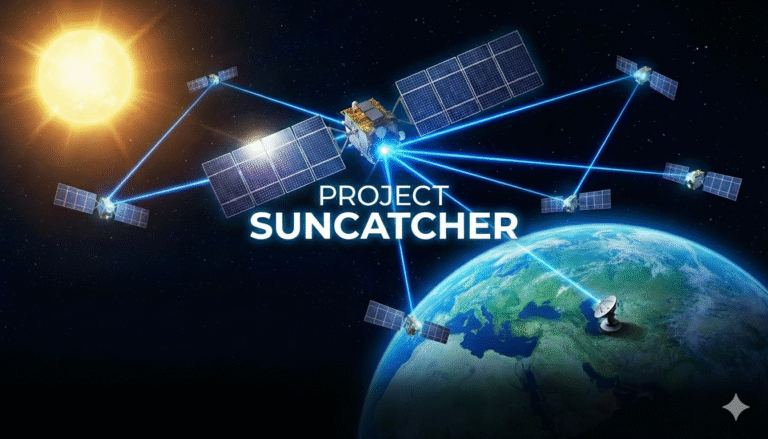
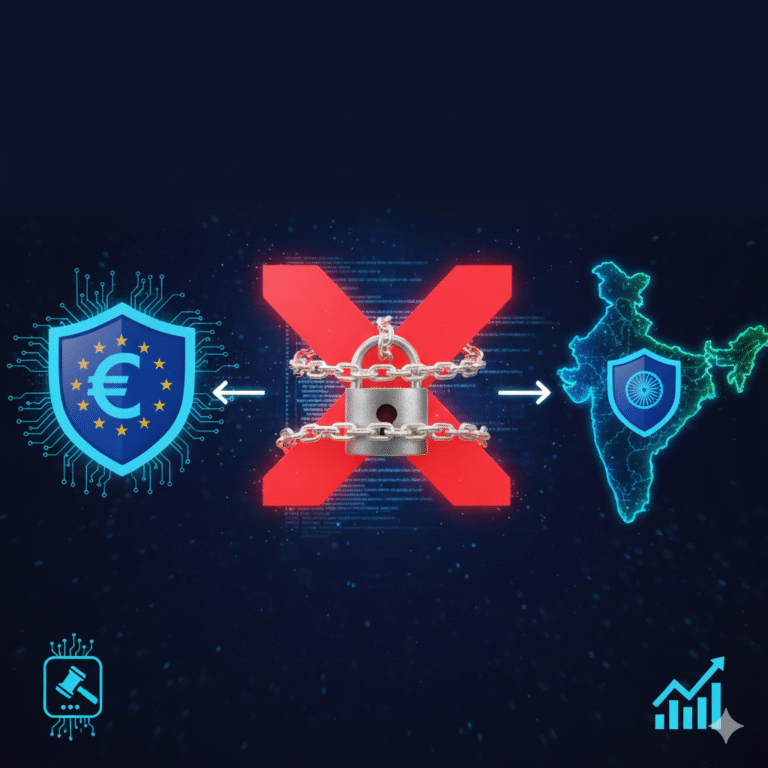



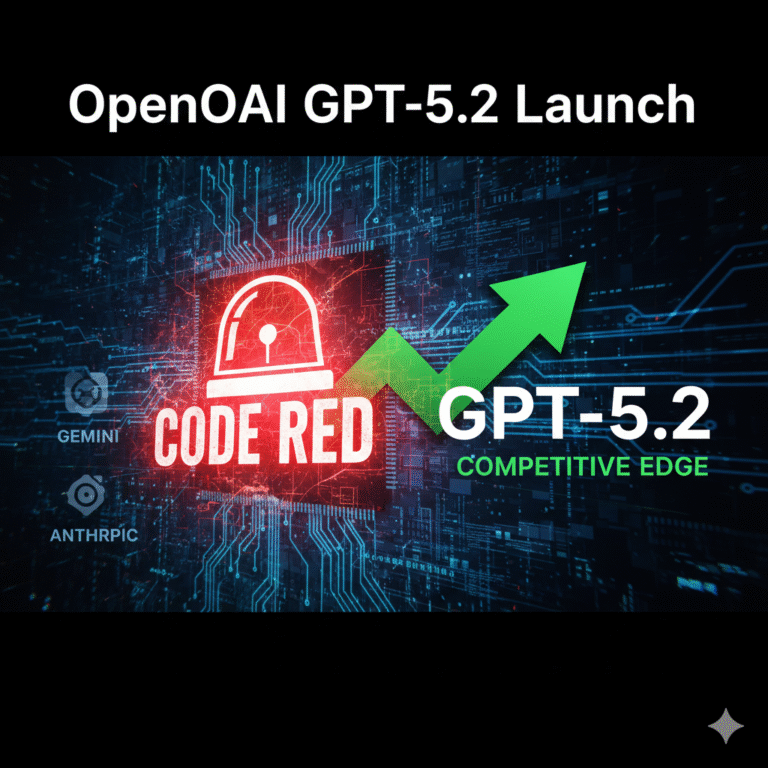
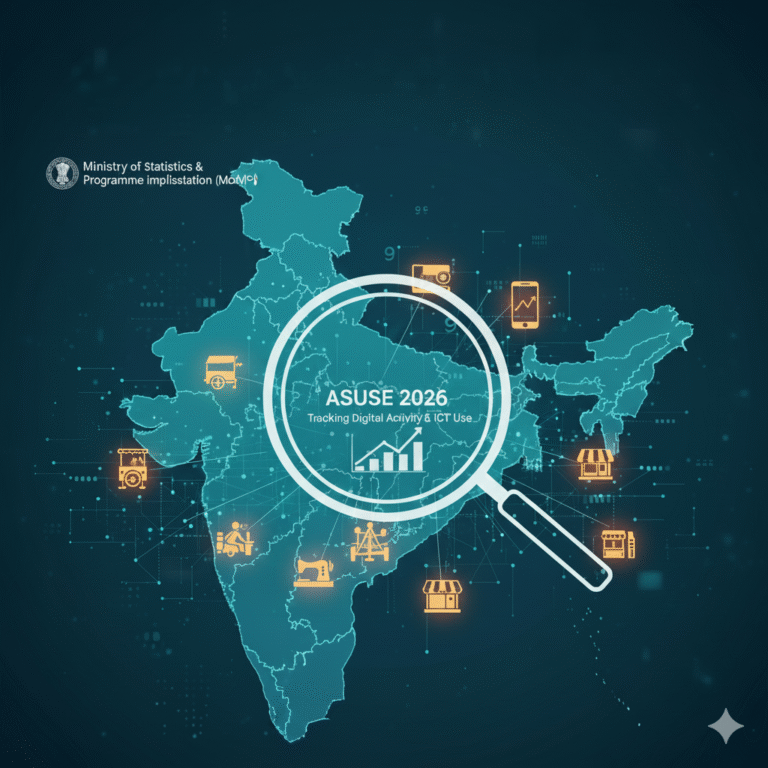
+ There are no comments
Add yours